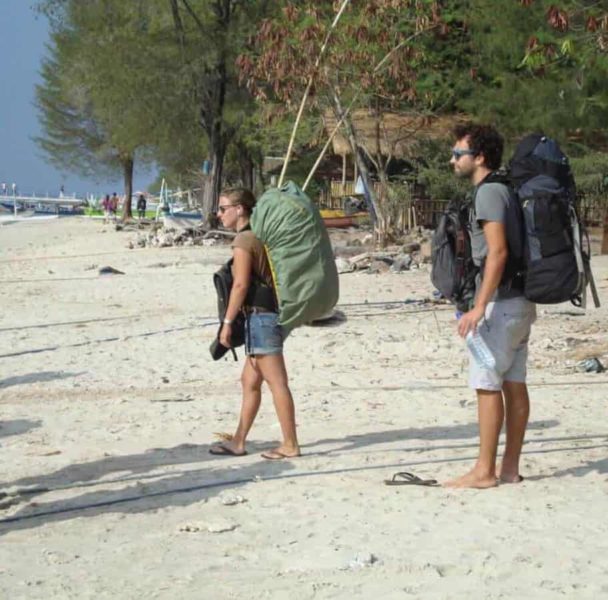Low cost airlines, natural disasters, regional competition, tightening visa rules and terrorism have all changed backpacking in South East Asia.
In his paper Change, Choice, and Commercialization: Backpacker Routes in Southeast Asia for the international journal Growth and Change, Dr Mark Hampton, Reader in Tourism Management at the University of Kent’s Business School, describes how the backpacker is now less of an independent traveller and is increasingly more like a conventional tourist.
Increasing commercialisation and institutionalisation of backpacker tourism has changed from the original 1970s ‘hippy’ trail with new destinations emerging. Although Bangkok — the home of the iconic Khao San Road — remains a major air hub and regional entry point, other established backpacker centres on the trails such as Penang in Malaysia have undergone relative decline while newer destinations such as Siem Reap in Cambodia have emerged.
In his new paper, co-written with Professor Amran Hamzah of Universiti Teknologi Malaysia, Dr Hampton argues that there is an increasing process of convergence between backpackers and conventional tourism. Dr Hampton says it became clear that many backpackers had perceptions of the ‘exotic’ northern route with exciting new destinations in Laos, Cambodia, Vietnam and most recently Myanmar (Burma). This image was partially constructed informally by other backpackers, but increasingly was being manufactured by travel firms and official tourism planning and marketing.
The Southern trail has also undergone modification and Dr Hampton found rural enclaves interspersed with ‘holiday within holiday’ beach destinations. In some cases they found increasing provision of more upmarket, capital-intensive flashpacker accommodation. In these rural enclaves, businesses only provided basic facilities but often had high quality attractions or activities such as scuba diving in the Perhentian islands and Koh Tao, or jungle or hill treks inland.
One of the more important changes accelerating the institutionalisation of backpacker tourism is the rise of specialist backpacker tour operators offering exotic trips. Backpackers still (at present) mostly travel by land transportation within the region which is increasingly owned and operated by specialist backpacker travel firms who then plan their own routes and create new networks.
The growing understanding of the different drivers of the changing backpacker flows will prove useful for tourism departments in Asia and elsewhere for planning and managing this growing international segment.
Having such large, highly integrated firms that control backpacker transport, accommodation and tours could mitigate against pro-poor tourism, the specific approach that seeks to use tourism as a strategic tool to alleviate poverty among marginalised communities. Policies of encouraging small-scale tourist enterprise, could concentrate tourism in fewer destinations, and raises the possibility of anti-competitive behaviour. For the backpackers themselves, it appears that their journey choices, and the possibilities of true independent or even spontaneous travel, have been largely reduced.
If our reporting has informed or inspired you, please consider making a donation. Every contribution, no matter the size, empowers us to continue delivering accurate, engaging, and trustworthy science and medical news. Independent journalism requires time, effort, and resources—your support ensures we can keep uncovering the stories that matter most to you.
Join us in making knowledge accessible and impactful. Thank you for standing with us!

